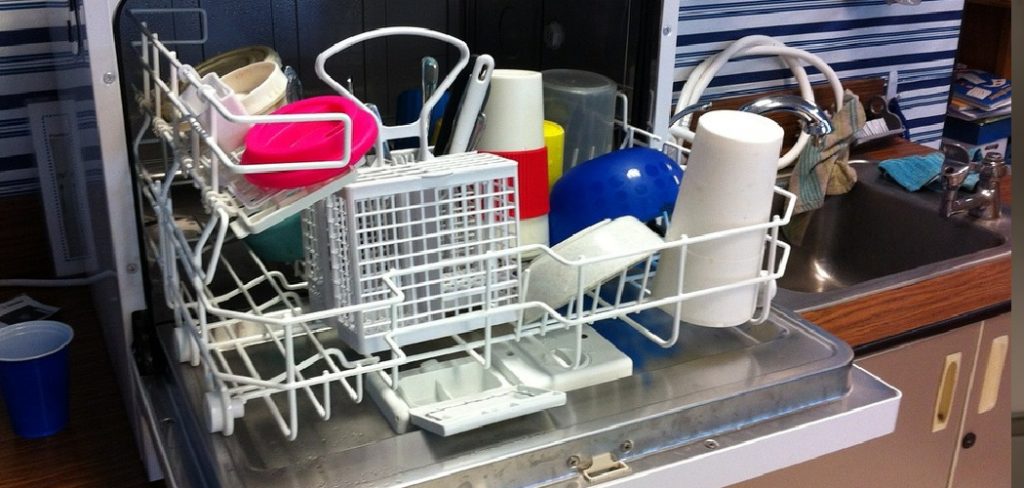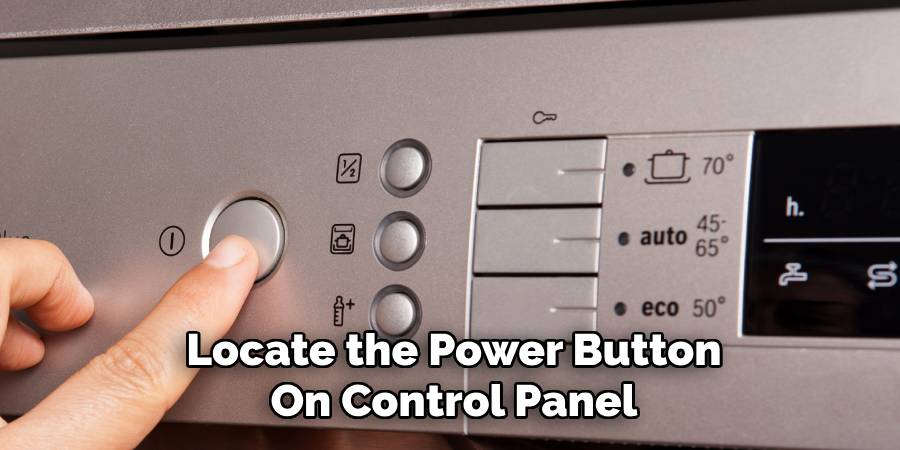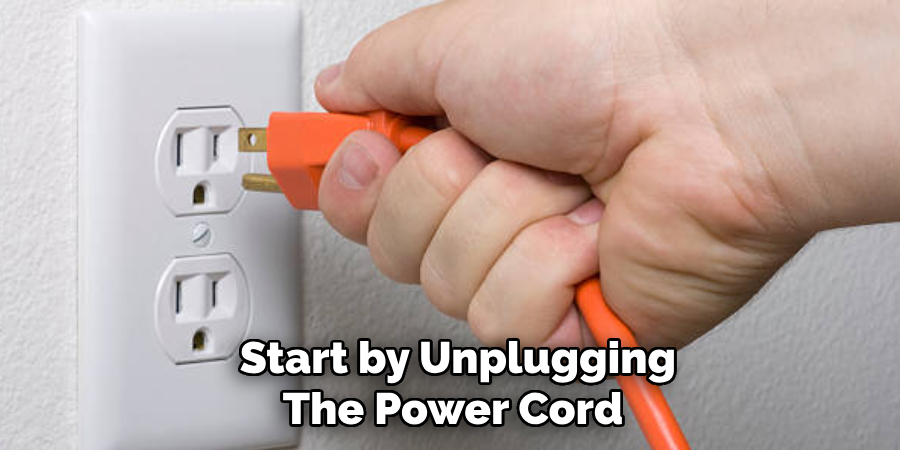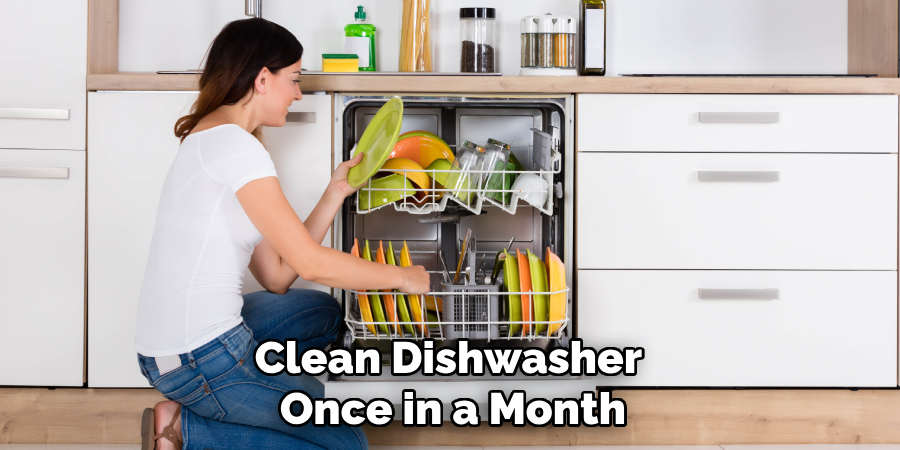Using a portable dishwasher can be a convenient and efficient way to clean your dishes without the need for a built-in unit. Whether you have limited kitchen space or live in a rental property, a portable dishwasher offers flexibility and ease of use. Understanding how to operate it properly ensures optimal performance and helps maintain the appliance for long-term use.
This guide on how to work a portable dishwasher will walk you through the steps to set up, operate, and maintain your portable dishwasher effectively.

Why Choose a Portable Dishwasher?
Portable dishwashers are compact units that can be moved and stored away when not in use. They offer the same cleaning capabilities as built-in dishwashers but come with the added benefit of portability. Here are some reasons why you may want to consider using a portable dishwasher:
Space-Saving:
If you have limited kitchen space, a portable dishwasher can be easily stored when not in use. This frees up valuable counter and cabinet space for other purposes.
Easy to Install:
Unlike built-in dishwashers, portable ones do not require any permanent or complex installation. They can be easily connected to your kitchen sink using a quick-connect adapter, making them ideal for rental properties or spaces where permanent fixtures are not possible.
Cost-Effective:
Portable dishwashers are often more affordable than built-in units, making them an attractive option if you’re on a budget.
Needed Materials
Before you start using your portable dishwasher, it’s important to have all the necessary materials on hand. Here are the items you’ll need:
Portable Dishwasher:
This is, of course, the main appliance needed for washing dishes. Make sure to choose a size and model that fits your needs and available space.
Dishwasher Detergent:
Choose a detergent specifically designed for dishwashers to ensure proper cleaning and avoid damaging the appliance.
Power Cord:
Most portable dishwashers come with their own power cord, but if not, make sure to have one on hand.
Quick-Connect Adapter:
This is used to connect the dishwasher hose to your kitchen sink faucet. Make sure it is compatible with both the dishwasher and your faucet.
8 Step-by-step Guides on How to Work a Portable Dishwasher
Step 1: Preparation
Before you start using your portable dishwasher, take a few moments to prepare the appliance and the area where you will be using it. Begin by ensuring that the dishwasher is placed on a flat, stable surface near your kitchen sink. This will help prevent any movement or tipping during operation. Check that the dishwasher’s hoses and power cord are untangled and in good condition.
Verify that the quick-connect adapter fits securely onto your sink faucet and that the faucet threads are clean and free of debris. Finally, load your dirty dishes into the dishwasher, arranging them according to the manufacturer’s guidelines for optimal cleaning. Make sure there are no large food particles or debris on the dishes to prevent clogging the dishwasher’s filter.
Step 2: Connect the Hoses
Once the preparation is complete, it’s time to connect the dishwasher’s hoses to your kitchen sink. Locate the inlet and outlet hoses on the back of the portable dishwasher. Attach the quick-connect adapter to your sink faucet if you haven’t already done so. Next, connect the inlet hose to the adapter, ensuring it fits securely to allow water to flow into the dishwasher.
Then, attach the outlet hose to the adapter or place its end inside the sink to direct wastewater properly. Double-check that both hoses are firmly connected and not kinked, as this could impact water flow or drainage during operation.

Step 3: Add Detergent
Now that the dishwasher is properly connected, it’s time to add the detergent. Refer to the manufacturer’s instructions for the recommended amount of detergent needed for your specific model.
Open the dishwasher’s detergent compartment and pour in the appropriate amount of detergent. Make sure to close the compartment tightly before moving on to the next step. Using too much or too little detergent can affect cleaning performance and potentially damage your dishes or appliances.
Step 4: Select a Wash Cycle
Most portable dishwashers come with preset wash cycles such as light, normal, heavy, and rinse-only. Choose the cycle that best suits your needs based on how dirty your dishes are and how much time you have. Start with a shorter or lighter cycle if you’re new to using a dishwasher to get a feel for its performance.
You can also adjust the wash cycle depending on your preferences, such as adding extra drying time or selecting a sanitization option. Refer to the dishwasher’s instruction manual for more details on its specific features and functions.
Step 5: Turn On the Dishwasher
After selecting your desired wash cycle, it’s time to turn on the portable dishwasher. Locate the power button or control panel on the appliance and press the appropriate button to start the cycle. Some models may have an indicator light or sound to confirm that the dishwasher has been activated and is running.
Ensure that the dishwasher is securely connected to the power source, and double-check that the hoses are properly attached to avoid any water leakage during operation. Once the dishwasher starts, allow the cycle to complete without interruption for the best cleaning results. Keep an eye on the appliance to ensure everything is functioning properly, especially during your first use.

Step 6: Monitor Progress
While the dishwasher is running, you can monitor its progress through the appliance’s control panel or by simply opening the door. This will give you an idea of how much time is remaining in the cycle and whether there are any issues that need to be addressed.
Avoid opening the dishwasher unnecessarily, as this can affect its performance and extend the wash cycle.
Step 7: Unload Clean Dishes
After the wash cycle is complete, turn off the portable dishwasher and disconnect it from power. Open the door carefully and use caution when handling hot dishes. Inspect your dishes to ensure they are clean and dry before unloading them from the dishwasher. If necessary, use a clean towel to dry any remaining moisture on the dishes.
Once all the dishes are removed from the dishwasher, make sure to clean and dry the interior of the appliance to prevent mold or mildew growth.
Step 8: Disconnect and Store
Finally, it’s time to disconnect and store your portable dishwasher until its next use. Start by unplugging the power cord and carefully detaching the hoses from your sink faucet. Empty any leftover water in the inlet or outlet hoses before storing them in the dishwasher.
Clean and dry all exterior surfaces of the appliance before closing it up for storage. Place any accessories such as adapters or additional racks inside as well, if there is enough space. Store the portable dishwasher in a dry, well-ventilated area to avoid any potential damage from moisture or pests.

Extra Tips and Tricks for Using a Portable Dishwasher
- Always read the manufacturer’s instructions carefully before using your portable dishwasher for the first time.
- Run hot water in your sink before starting the dishwasher to ensure that it has access to hot water for optimal cleaning.
- Use a rinse aid to help with the drying process and prevent water spots on your dishes.
- Avoid overcrowding the dishwasher as this can impact its performance and result in dirty dishes.
- Regularly clean and maintain your portable dishwasher to prolong its lifespan and ensure it continues to function properly. This includes cleaning the filter, inspecting hoses for any signs of wear or leaking, and checking for any build-up of residue on interior surfaces.
- If you notice any unusual noises, smells, or issues with the dishwasher’s performance, refer to the instruction manual or contact the manufacturer for assistance.
With these steps on how to work a portable dishwasher, you can now enjoy the convenience of a dishwasher without the need for permanent installation. Happy dishwashing!
Frequently Asked Questions
Q1: Can I Use Regular Dish Soap in a Portable Dishwasher?
A1: No, it is not recommended to use regular dish soap in a portable dishwasher as it can create excessive suds and potentially damage the appliance. Always use detergent specifically designed for dishwashers.
Q2: Can I Use My Portable Dishwasher on Carpet or Other Soft Surfaces?
A2: No, it is not safe to use a portable dishwasher on carpet or other soft surfaces as the vibrations from the appliance can cause damage. Always place your dishwasher on a sturdy, level surface such as a countertop or hard floor.
Q3: How Often Should I Clean and Maintain My Portable Dishwasher?
A3: It’s recommended to clean and maintain your portable dishwasher at least once a month to ensure optimal performance and longevity of the appliance. However, if you notice any issues with its performance or cleanliness, it may require more frequent cleaning and maintenance. Overall, it’s important to regularly inspect and clean your dishwasher to prevent potential issues and ensure that your dishes are always washed effectively.

Conclusion
A portable dishwasher can be a game-changer for those seeking the convenience of an efficient, modern appliance without the need for permanent installation. By following the steps on how to work a portable dishwasher outlined in this guide, you can ensure proper setup, operation, and maintenance of your dishwasher for the best cleaning results.
With regular care and attention to detail, your portable dishwasher will serve as a reliable helper in tackling kitchen chores. Enjoy spotless dishes with minimal effort and more time to focus on what matters most in your day-to-day life!
Professional Focus
Angela Ervin, a former interior designer turned blogger, specializes in kitchen design and renovations. Through her website, she blends her passion for cooking with design expertise, sharing practical and creative ideas. Known for balancing functionality and beauty, Angela’s insightful content has made her a trusted voice in home design and lifestyle.
About the Author
Angela Ervin, an experienced interior designer and blogger, combines her passion for kitchen renovations with storytelling. Living in Petersburg with her family, she enjoys cooking and testing her projects firsthand. Known for her humor and relatable style, Angela shares creative, functional design insights through her content, making her a trusted voice in home design.
Education History
University: Virginia Commonwealth University
Degree: Bachelor of Fine Arts (BFA) in Interior Design
- Angela’s education at VCU focused on mastering core interior design principles, including spatial planning, color theory, materials selection, and sustainable design practices.
- She gained hands-on experience through studio projects and collaborative design exercises, which honed her ability to create functional and aesthetically pleasing environments.
- Her coursework also emphasized problem-solving and practical applications of design, preparing her for real-world projects like her self-directed kitchen renovations.
- The program’s strong foundation in both technical skills and creative expression shaped Angela’s ability to seamlessly integrate form and function in her work.
